A perennial plant of Campxis Gardeners was familiar with its chic mind. In fact, Campxis is not just beautiful, it is gorgeous in his rich decoration from saturated red-orange flowers. The main advantage of this decorative decorative culture is high decorativeness. Liana Campxis is a dense wall of gazebo, fences and other supports that the owner for one reason or another wants to hide from prying eyes. In order for the plant every year delivered enchanting blossom, it is worth considering all the features of his landing, and also know how to properly care for him. Talk about this and talk in the article dedicated to Campxis.
Amazing Liana Campxis: Plant Characteristics
Being an outcomes from the tropics, Campxis was easily settled in the middle lane of Russia. The plant is also called treky, pipe-flow or bignon. It represents a leaf fall tree, which in a short period of time can deftly boil around the highlight to a height of up to 15 m. Thus, the shoots of Campxis, whining the spiral around the support, create an original and surprisingly picturesque background wherever you planted this Liana.
An adult plant every year more and more reminiscent of a fantastic tree from a fairy tale - his all-webly trunk bends himself. Young shoots are covered with juicy green leaves and blurred inflorescences from large flowers of saturated orange, scarlet and yellow shades. Campxis flower is surprisingly similar to the miniature tube of gramophone. Liana blossom starts in June and lasts until September.
Many years of Campxis shall be divided into two types: Campxis rooting and campxis large-flowered.
Campxis Perennial: Facilities landing
Before boarding Campxis, look at your site to determine the solar place - the abundance of light will provide the plant most comfortable existence. Campxis will suit any soil, but luxuriously and longly blossoming liana will only be in fertile and loose soil with a weakly acidic or neutral medium. Dry land with a scarce mineral and organic composition simply will not allow the plant to reveal its potential. If a plot where you are going to plant the Campxis, no high nutritional of soil, the place for the future garden decoration should be prepared in the fall.
Preparatory work is in the arrangement of the pit of about 50 cm in the diameter and 60 cm in depth. In the ground, which appeared as a result of digging, add humus (0.5 buckets) and complex mineral fertilizer (0.5 l) and mix well. At the bottom of the pit as a drainage, pour a mixture of small gravel and sand or clamzit. From above, pour the fertilized land and leave the pit in this form until spring. If you plan to plan several copies of Campxis, then prepare a few landing holes, placing them so that in the future adult plants do not feel cramped. The landing events can be started in April, when the danger of sudden frosts will disappear. Saplings on which the kidneys have already jammed, can be planted in an open ground: lower the plant into the pit, carefully disappear its roots along the bottom, fall asleep the earth and miserably sink. Then you can pour Campxis and clutch the soil around it peat.
If the soil liana fit is suitable in all respects, then the spring Campxis can be planted in open land without its preliminary preparation. Drop the spacious pit - its sizes must be 2 times higher than the root seedling system. Lower the young plant in the well, spray it with the necessary number of land and plenty.
Do not forget to decide what kind of support you can provide a vitality and chain of Liane.
Campxis Perennial: Care Rules
Campsis care must be primarily responsible: the plant needs regular irrigation, feeding, pruning and good warm-up warming.
Campxis is considered a rather hardy plant - Liana has a long time can do without water. Nevertheless, if you dream to grow real decoration for your site, then be prepared to water the young seedlings regularly, especially in the period of sultry dry days. The main thing in this matter is not to rearrange, since excessive soil moisturizing can cause the development of rot on the Kampxis root system.
If the earth of your garden is fertile, you can not make fertilizers in the soil where Campxis grows, because this liana is very strong and, figuratively speaking, self-sufficient. But in conditions of a sharp deficit of nutrients in the soil, any plant will feel bad, so if necessary, feed the Campxis with nitroophosphoric compositions, thanks to which it will bloom all the time allotted by him.
Never neglect the trimming of Liana - this is perhaps the most important part of the care. Campxis is actively growing, quickly occupying the entire territory affordable to it. Yes, and buds are formed only on young branches, so you can wait for luxurious flowering if from time to time cut the old branches - for the accelerated growth of new shoots.
Pruning is done no more than 1 time per year in autumn after the end of the growing season or before it is offensive in spring. Procedure Next:
- Carefully inspect the young plant to determine 2 - 3 of the strongest and well-developed escapes. Leave them, and do the rest do it with the help of a secaterator.
- During the period of active growth, young branches are tested to the support, directing them at the right side.
Prothesing is carried out for 3 to 4 years in a row, while the campsis is not strengthened and does not increase to the desired size. Moreover, it is necessary to leave the main branches annually, which make up the skeleton of plants, and approximately 4 young escapes, shorting them up to 3 kidneys. When the artificially formed liana will take all the territory allotted for it, every year you get rid of extra branches, so that young shoots grow faster - then the flowering of Campxis will be more lush. Damaged main trunks are also cut off, and instead they choose other strong branches.
So that Campxis always looked lush and elegantly, after the completion of flowering, all branches shorten about 3-4 kidneys. Some owners practice full trimming and leave branches up to 30 cm in height. CAMSIS easily tolerates such activities, so with the help of garden scissors, a plant can be given any shape or create a beautiful live elevation.
As you can see, growing campxis of many years - the task is not too complicated, so friendship with this beautiful plant will bring you some positive emotions.
Campxis Perennial: How to help the plant to fall
In areas with mild winters without harsh frost, the thermo-loving plant feels excellent. But with a decrease in temperature to -19 - -20 0With without the help of a person, Campxis does not survive. Liana must certainly cover from the cold. First make it a trimming, leaving the main trunks and the strongest shoots. Then the plant is removed from the support and laid on the ground, after which branches and roots are hiding under a spruce yard, dry hay, leaves or sawdust. Finally, all the shelter is covered with dense polyethylene, pressing his edges with stones to the ground.
If Liana firmly wrapped the arch or other complex design, the roots sprinkle with sand or closed with a huskien, and all branches are carefully wrapped with Loutrasil. From above, you need to fasten the film from polyethylene, which will protect the plant from wet snow. This method is not bad ensures the integrity of Campxis in winter. But the supports just in case should be removable so that, if necessary, it was possible to remove the branches and put them. In the spring, the plant is returned to the previous place. Damaged by frost shoots cut off.
If the frosts in your region are too severe and you are not sure that the shelter will be able to protect Campxis from frostbite, you can pick up a plant into the house. Attentive care and proper trimming will turn the unbridled giant into a lush homemade plant.
Campxis Many years: reproduction
You can get a new Lian from adult campsis with seeds, gods or cuttings.
Gardeners who already have liana in the garden are collecting fruit-boxes with seeds from the maternal instance themselves. If you gathered to grow beautifully blooming a plant for the first time, Campxis seeds can be bought in any specialized flower shop.
Before planting, the seeds of Liana are prepared in a special way - stratify. This procedure will allow seedlings to germinate faster, however, it is justified if the planting of the sowing material is scheduled for spring. The seeds of Campxis are not difficult to multiply, nevertheless, the gardeners are not so good for this method, since the first bloom will have to wait about 7 years.
More efficient in this regard, consider the method of reproduction by letters. For this, a healthy and strong escape, located to the ground, closer to the rest, pinpose to the soil. Then this area is slightly loosened, the escape is cheered by a small amount of land, after which the landing site is moistened. So that the moisture is not quickly evaporated, the escape is covered with a plastic film. After some time, sleeping roots on the site of escape, which is underground, will wake up and will go into growth together. The rooted place needs regular irrigation, then a young plant from the gag can be expected already next in spring. This method of Campxis breeds in the period of active growth.
It is interesting! To root picturesque Liana is not only in the ground. The place of its growth can be a crack in the wall of the house or in the fence, where the sand layer and dust appeared with the help of the wind. That is why for the Liana Campxis advise to use the support or taperars, otherwise the plant will turn the entire wall and take the roof.
The easiest way to reproduce a multi-year Campxis root piglery: Plan this event to an early spring, while Liana has not yet begun the growing season. Carefully separate the processes with roots from maternal lianas and put them separately.
The reproduction of Campxis with cuttings consider the most productive method. In early spring, inspect the middle of an adult bush - you need to cut last year's strong branches. Then cut them on the cuttings up to 30 cm in size and fall out them in the in-depth containers with fertile soil. Earth is necessarily pouring, and the cuttings themselves cover with polyethylene. The first leaves cut off the shoots of Campxis will delight you about 11 - 12 days. When the cold and the last frosts finally retrete, young plants can be transferred to the household plot.
Campxis Manynornis: pests and diseases of the plant
Cape rarely sick, and many insects bypass him. The only swang's swang's enemy is the word: small insects and their larvae accumulate in the boots of flowers and on the leaves of young shoots. Fortunately, you can easily get rid of this pest if you spray vodka to the affected areas. Another effective method of struggle is to organize a liana shower to wash off insect water.
As you can see, Campsis's care does not take much time with you, and for timely care, Zamar Liana will repay you with a magnificent view and colorful bloom throughout the summer.

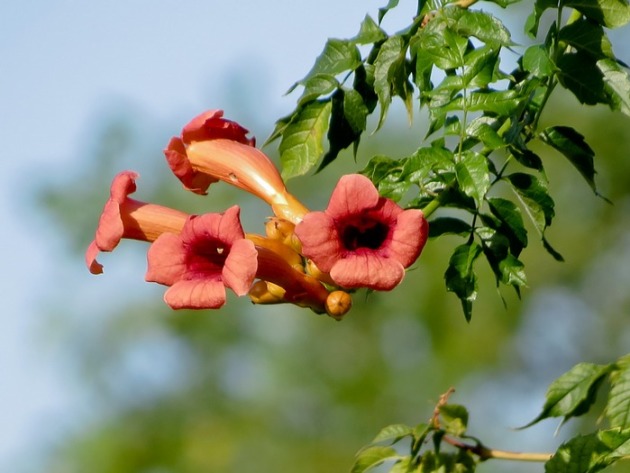

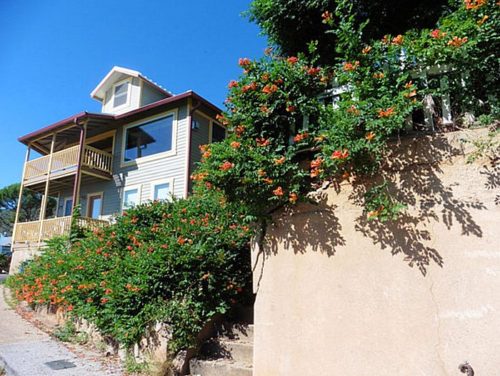

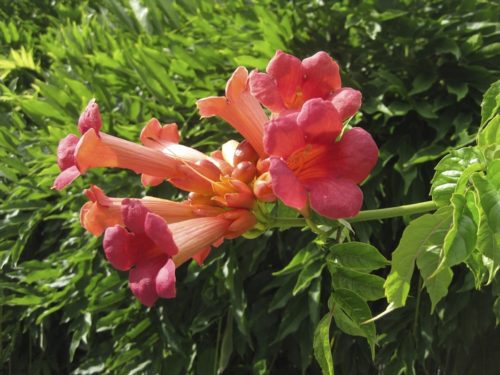
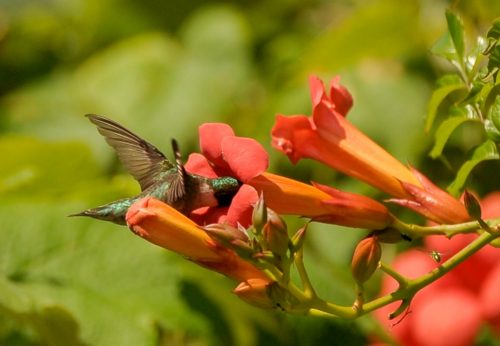
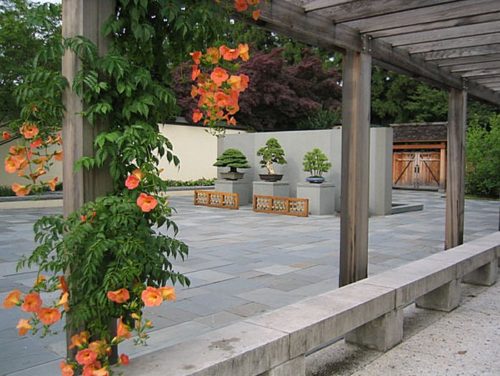
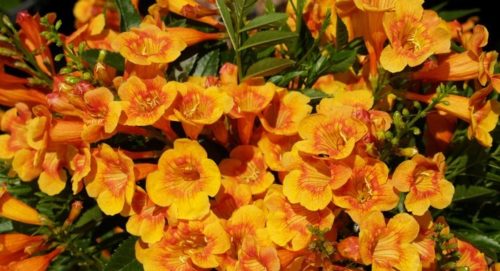
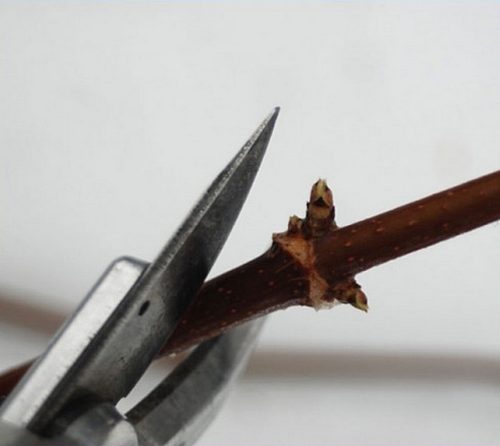

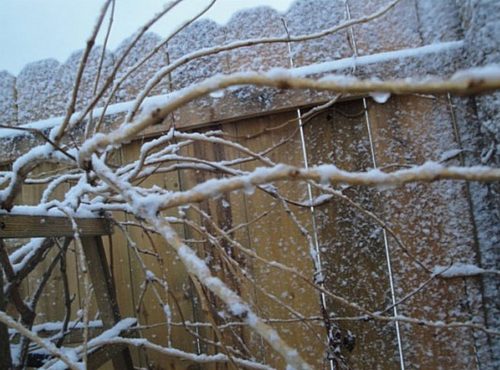
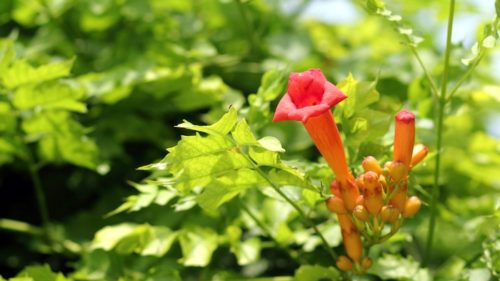
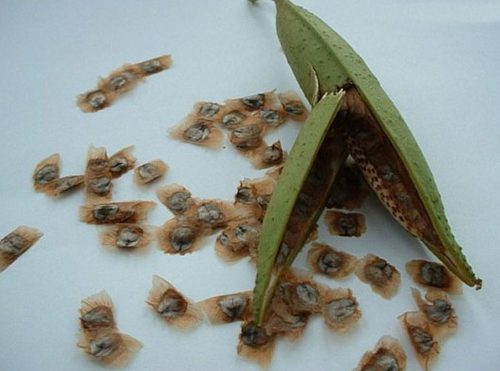
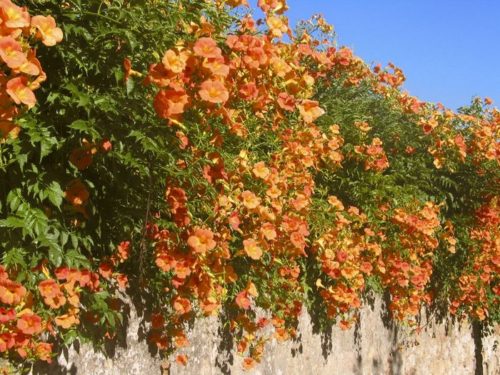
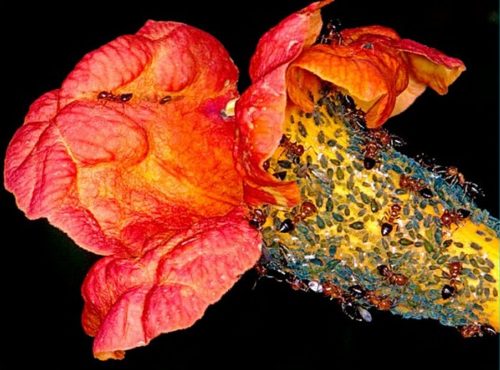

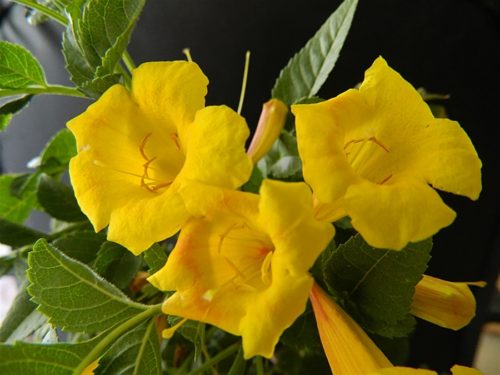
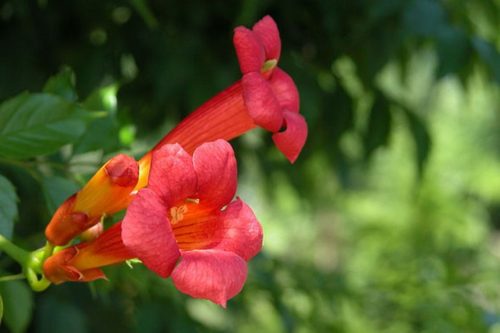
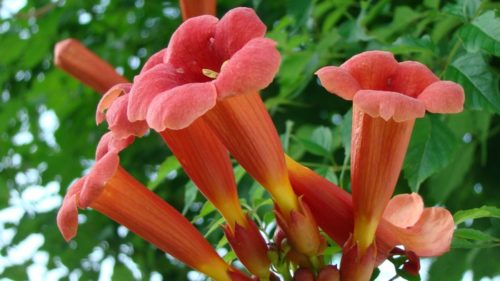
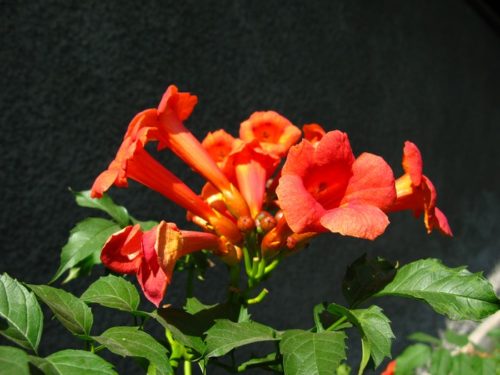
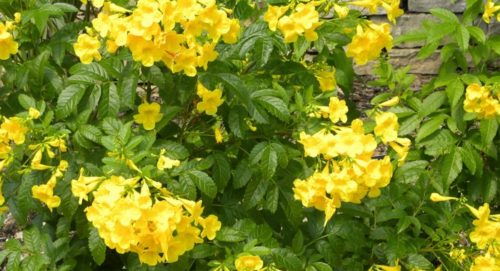
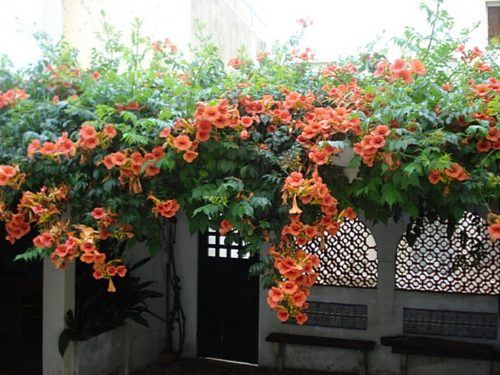












 Start a discussion ...
Start a discussion ...